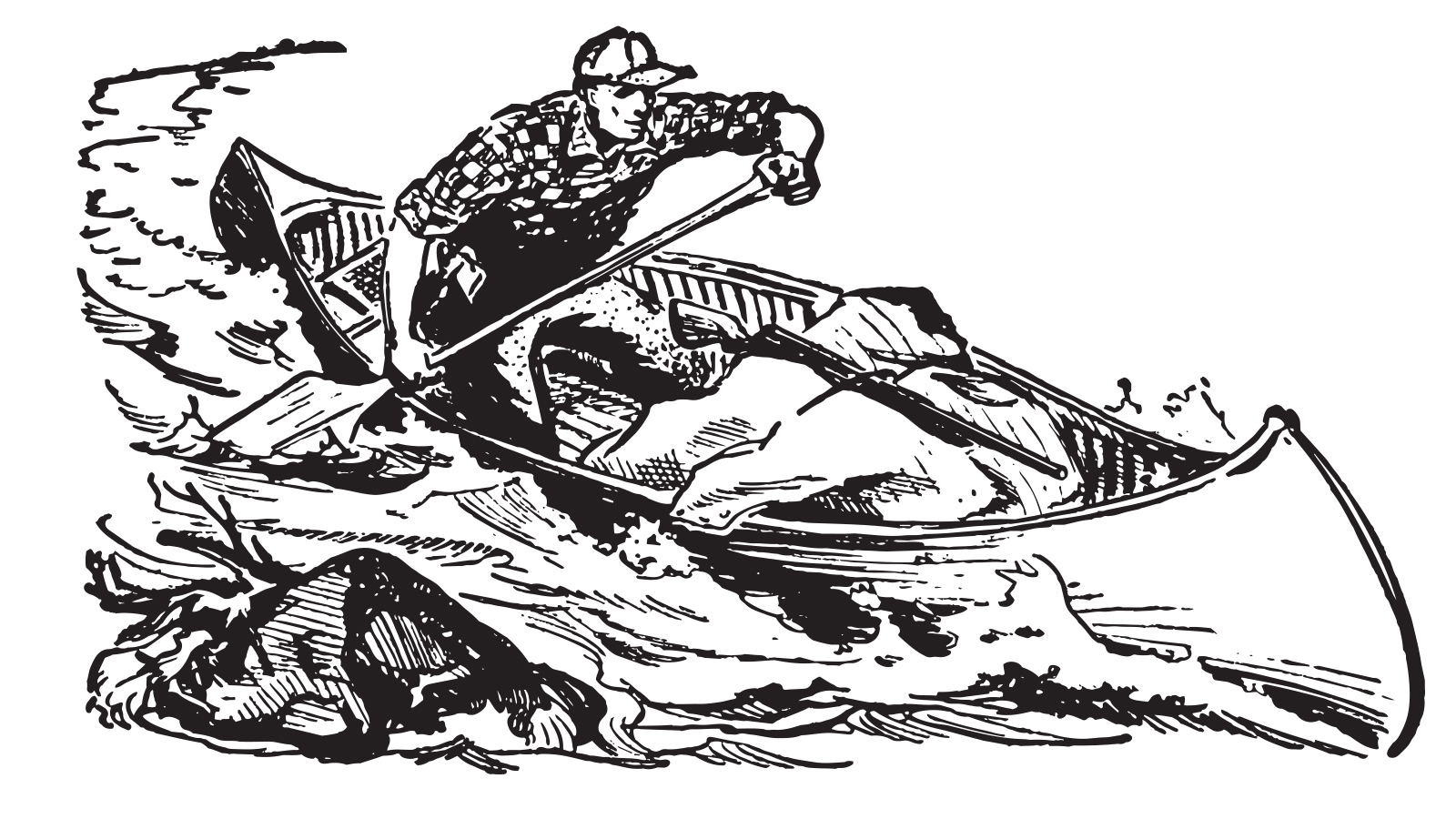Navigating the Layers: Why Content Hierarchy in Web Design is Important

In the art of website design, the structuring of content is a task that demands careful attention. A well-defined content hierarchy not only guides visitors through a website with clarity but also simplifies their information-gathering process. Moreover, this structured presentation of information allows search engines to crawl a website efficiently, understanding and determining the site’s relevance in the vast web landscape.
Establishing Content Hierarchy
Content hierarchy begins with the strategic layout of information, ensuring that the most critical messages are immediately noticeable. For instance, headlines should be prominent, encapsulating the essence of the content that follows. Subsequently, subheadings and bullet points break up text, guiding the reader through the content in manageable segments. Moreover, these elements are recognized by search engines as indicators of the content’s structure, influencing how the content is indexed.
Clear categorization is a fundamental component of content hierarchy. Each topic or section on a website should be distinct, with a logical flow from general to specific. Furthermore, this clear categorization is mirrored in navigation menus, which should be intuitively labeled to reflect the content hierarchy. Such clarity is not only beneficial for the user experience but is also conducive to search engine optimization.
Adding Visual Elements and White Space
The use of white space in design is another critical factor. Adequate space around text and between elements prevents a website from appearing cluttered, making it easier for users to focus on the content. Additionally, search engines may interpret a well-spaced layout as a sign of a quality website, potentially improving its ranking.
Visual elements should support and enhance the content hierarchy. Relevant images, infographics, and videos can illustrate key points and break up longer sections of text. Besides, these visual elements can be tagged with descriptive file names and alt text, which can be crawled by search engines, adding context to the visual content.
Other Considerations
Mobile Design
The importance of content hierarchy extends to mobile design, where screen real estate is at a premium. Here, the content must be organized not only for visual appeal but also for functionality, ensuring that mobile users can navigate the site with ease. Consequently, websites optimized for mobile users are often ranked higher by search engines, especially since mobile-first indexing has become the norm.
Technical Structure
Beyond visual design, the technical structure of a website contributes to how effectively content is indexed. HTML tags such as headers (H1, H2, H3) and structured data help search engines understand the content hierarchy and the relationship between different content elements. Thus, correctly using these HTML elements is essential for good SEO practice.
Internal Linking
In addition, the inclusion of internal linking within content reinforces the hierarchy, guiding users to related topics or further information within the site. Similarly, search engines use internal links to discover new content and determine the relationship between various pages on the site, which can influence the site’s authority on certain topics.
In conclusion, the deliberate structuring of content within a website is a vital aspect of web design that serves dual purposes. It not only elevates the user experience by presenting information in an orderly and accessible manner but also aids search engines in evaluating and ranking the site’s content. For more insights on creating a compelling content hierarchy, exploring resources like Nielsen Norman Group’s research on content hierarchy and Search Engine Journal’s SEO guide can be immensely beneficial.







